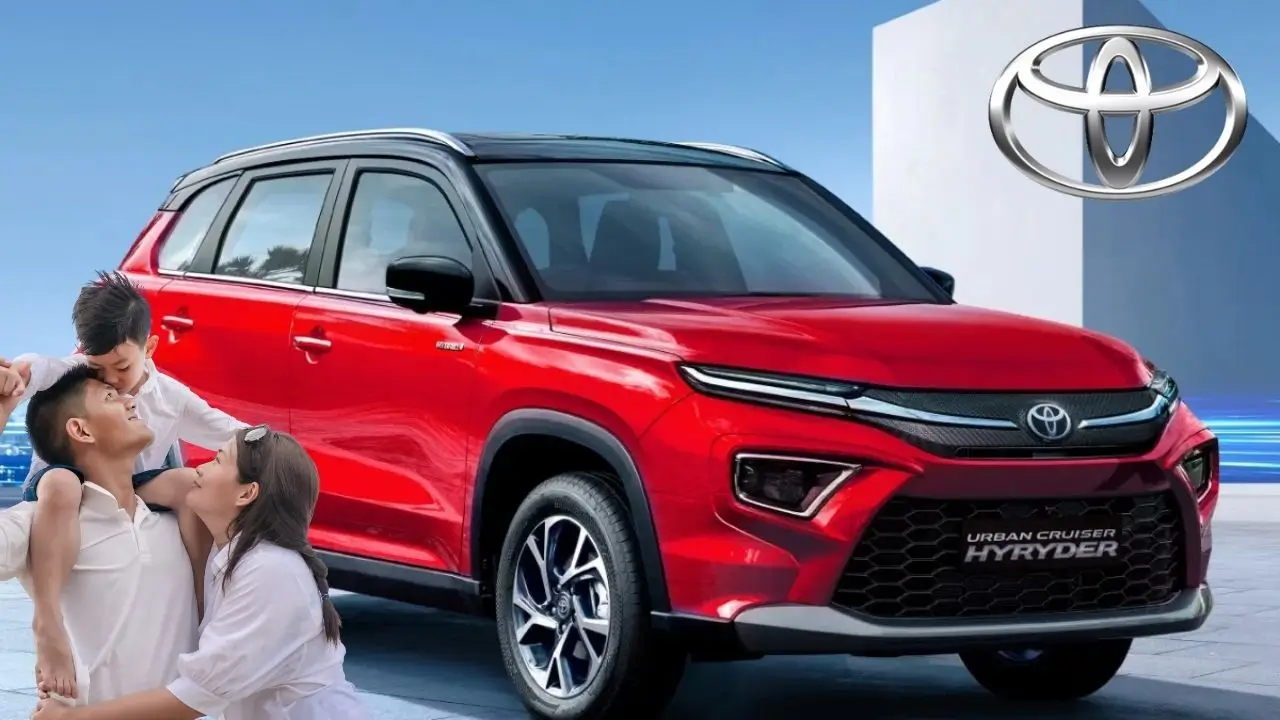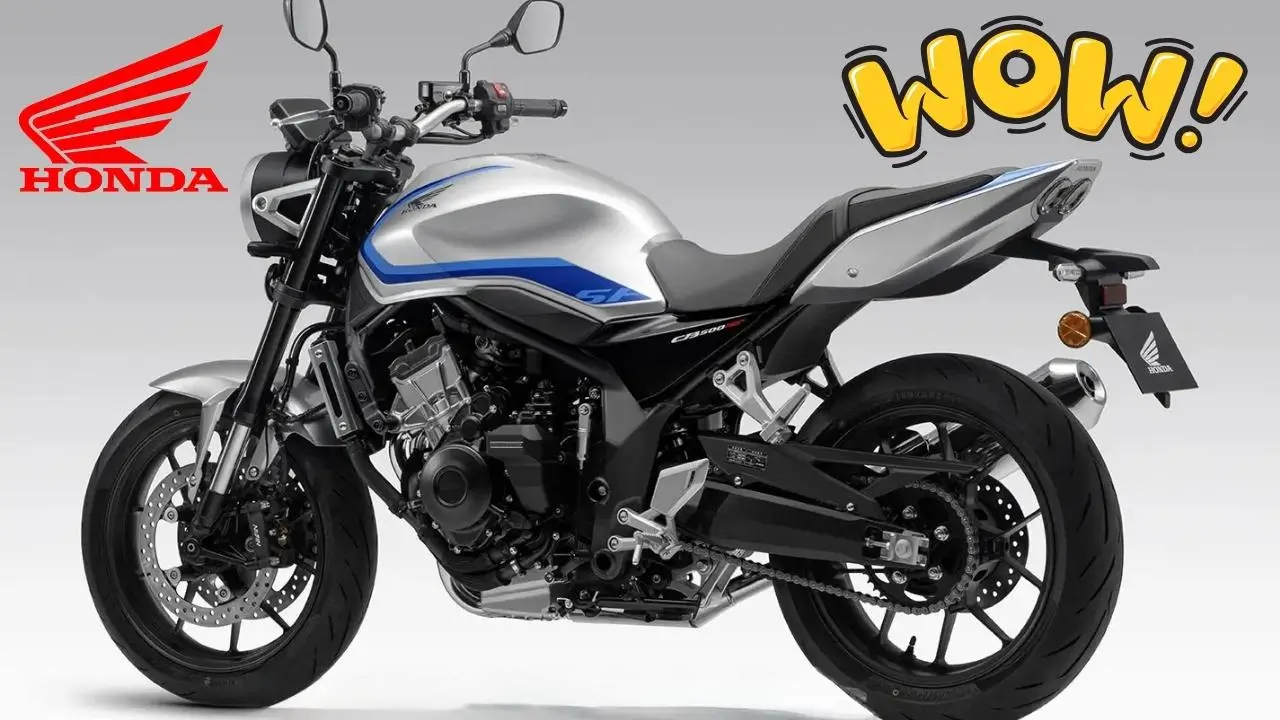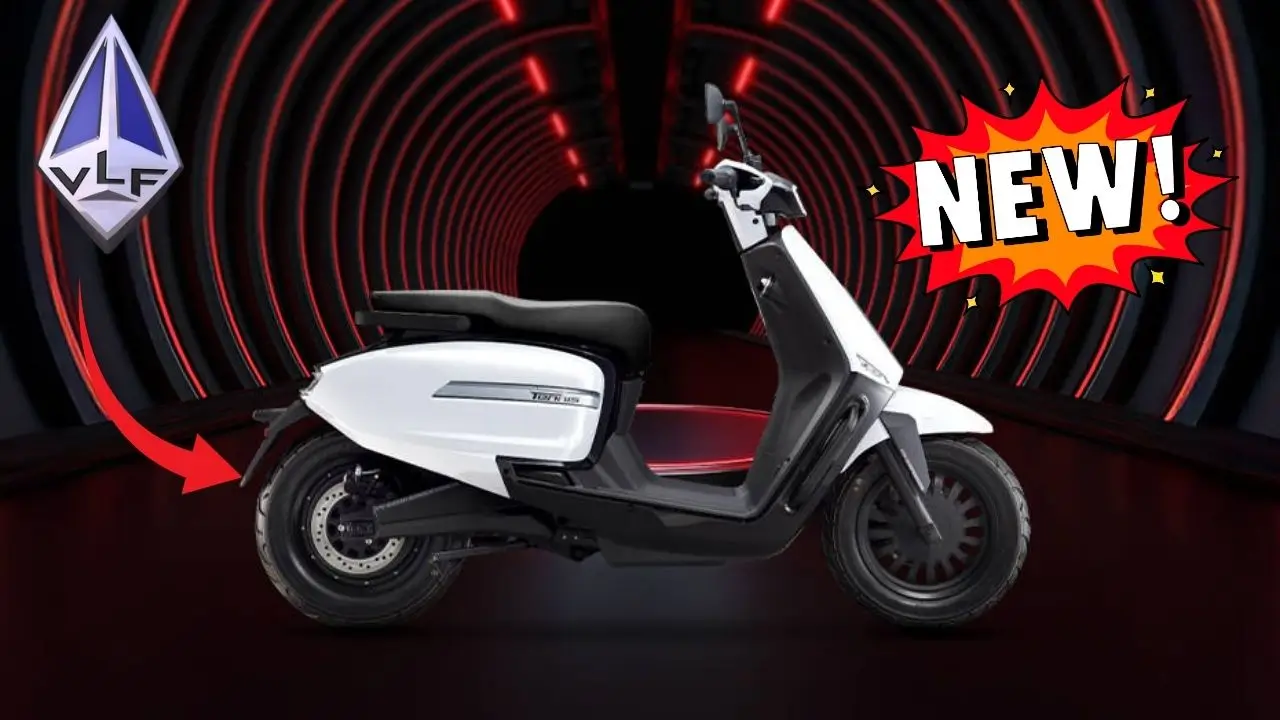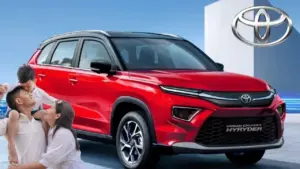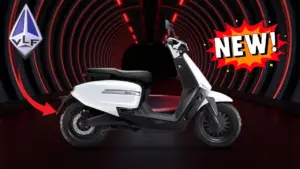For the longest time, the story of electric vehicles in India has been a tale of big cities. When we talked about the EV revolution, our minds immediately went to the bustling streets of Mumbai or Bengaluru. But what if the next chapter in this story is being written somewhere else entirely? Automotive powerhouse Mahindra & Mahindra is making a bold bet that the future of electric mobility lies beyond the metros, in the rapidly growing Tier-2 and Tier-3 cities of India. This pivot isn’t just a minor adjustment; it’s a fundamental shift in the Mahindra EV strategy that recognizes a surprising wave of demand from the country’s heartland. The implications are huge, suggesting a new Mahindra EV strategy that could democratize EV ownership and reshape the Indian auto market for good.
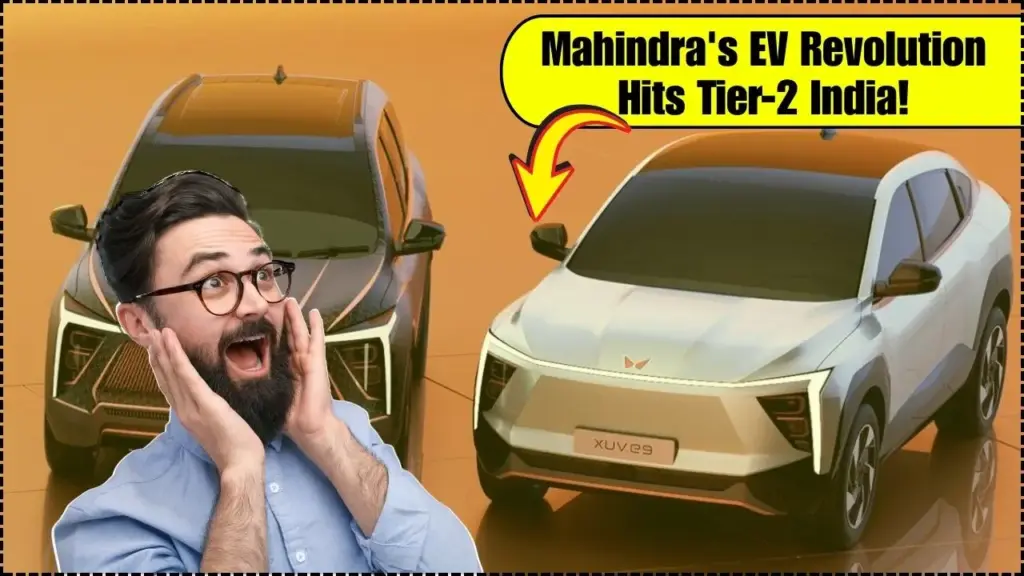
The core of the new Mahindra EV strategy is its pivot from a phased, metro-first launch to a nationwide, simultaneous rollout. This decision was driven by an unexpected surge in interest for its premium EVs from smaller towns. Instead of treating these markets as an afterthought, Mahindra is placing them at the forefront of its expansion plans. This approach recognizes that the aspirations and purchasing power in Tier-2 cities are growing rapidly. By making its most advanced electric SUVs available to everyone at the same time, Mahindra is sending a clear message: the EV revolution is for all of India, not just its megacities. This inclusive Mahindra EV strategy could unlock a massive, untapped market.
Mahindra EV Strategy
| Feature | Details |
|---|---|
| Primary Target Shift | From metropolitan hubs to a nationwide focus including Tier-2 and Tier-3 cities |
| Key Investment | ₹12,000 crore allocated for EV development and expansion over the next three years |
| Strategic Goal | Increase EV share in portfolio to 20-30% by 2030, with a long-term vision of 50% |
| Production Target | Aiming for an annual production capacity of 200,000 EVs between 2027 and 2029 |
| Flagship EV Models | BE 6e and XEV 9e, built on the new “Inglo” platform designed for domestic and global markets |
| Market Observation | Surprising and strong demand for premium EVs from cities like Jaipur, Indore, Kota, and Tezpur |
| Key Growth Drivers in Tier-2 Cities | Easier access to home charging, independent housing, and shorter daily commutes |
A Surprising Demand from India’s Heartland
Mahindra’s leadership was genuinely taken aback by the data coming from its dealerships. While they expected initial EV buzz to be concentrated in the big cities, the reality was quite different. A significant volume of inquiries and pre-booking interest for their premium electric SUVs, the BE 6e and XEV 9e, was pouring in from places like Kota, Gulbarga, and even Tezpur in Assam. Nalinikanth Gollagunta, the CEO of Mahindra’s automotive division, called this trend a “huge revelation.” The demand was so strong that it forced a complete rethink of their launch plan. The original idea of a staggered, metro-first release was scrapped in favor of opening bookings across most of India simultaneously, a clear signal of the updated Mahindra EV strategy in action.
Why Tier-2 Cities are Becoming EV Hotbeds
- So, what’s driving this unexpected boom? It comes down to simple, practical advantages that residents of smaller cities enjoy. The biggest hurdle for EV adoption in metros is charging. In cities dominated by high-rise apartment buildings with shared parking, installing a personal charging station can be a logistical nightmare. In contrast, a large portion of the population in Tier-2 cities lives in independent houses with dedicated parking, making home charging incredibly simple and convenient.
- Add to that the fact that daily commutes are generally shorter, which significantly reduces “range anxiety”—the fear of running out of battery. With the excellent highway networks now connecting these cities, the occasional long-distance trip is also less of a concern. This trifecta of easy charging, practical daily use, and rising disposable income makes these cities the perfect breeding ground for the next phase of EV adoption.
Mahindra’s Ambitious EV Roadmap and Investment
- To capitalize on this trend, Mahindra is putting its money where its mouth is. The company has earmarked a staggering ₹12,000 crore for its EV division over the next three years. This investment is fueling an aggressive plan to make EVs a cornerstone of its business. The goal is to have electric vehicles make up 20-30% of its total portfolio by 2030.
- To get there, the company is dramatically ramping up production. The plan is to be capable of manufacturing up to 200,000 EVs per year by 2029. This won’t just be more of the same; the Mahindra EV strategy includes launching seven brand-new electric models by 2030, with the first wave hitting the market in 2025. This is a clear, all-in commitment to leading India’s electric future.
The ‘Inglo’ Platform and a New Generation of EVs
- The technological backbone of the new Mahindra EV strategy is its revolutionary “Inglo” platform. This isn’t just a modified chassis from a gasoline car; it’s a dedicated, ground-up EV architecture designed to be world-class. The first models off this line, the XUV 9e and BE 6, are set to be game-changers, offering impressive range of over 450 km and top-tier safety ratings.
- But Mahindra is already looking further ahead. By 2025, the company plans to introduce EVs that can travel over 600 km on a single charge and can be juiced up from 20% to 80% in less than 20 minutes. This focus on breaking through the biggest barriers to EV adoption—range and charging speed—is central to making electric cars a mainstream choice for Indian families.
A Broader Market Shift
This isn’t just a Mahindra story. The entire industry is waking up to the potential of non-metro markets. Tata Motors, a dominant player in the Indian EV scene, already gets 45% of its EV sales from Tier-2 cities and smaller towns. JSW MG Motor India also reports that nearly a third of its EV business comes from these regions. This confirms that the Mahindra EV strategy is not a gamble but a well-timed response to a fundamental shift in consumer behavior across the country. Government initiatives like the PM Surya Ghar Yojana, which promotes rooftop solar, will only accelerate this trend by making the cost of running an EV practically zero for many households.
The Path Forward: A Hybrid Approach and Last-Mile Dominance
- While the future is electric, Mahindra is also being pragmatic about the present. The company is developing a dual-platform strategy that includes not just pure EVs but also hybrid vehicles. This allows them to cater to customers who may not be ready to make the full leap to electric just yet. It’s a smart move that bridges the gap between today’s gasoline-powered market and tomorrow’s electric one.
- Meanwhile, Mahindra has quietly become a dominant force in the electric three-wheeler market, a segment crucial for last-mile mobility in both urban and rural India. This success provides valuable experience in penetrating these very markets. This comprehensive Mahindra EV strategy attacking the premium segment, building a bridge with hybrids, and dominating last-mile transport creates a powerful, multi-pronged approach to conquering India’s electric vehicle landscape.
FAQs on Mahindra EV Strategy
What is Mahindra’s main goal with its new EV strategy?
Mahindra’s primary goal is to become a leader in the Indian EV market by shifting its focus to include Tier-2 and Tier-3 cities, not just metros. The company aims for EVs to constitute 20-30% of its sales by 2030, backed by a significant investment in new technology and production capacity.
Why are Tier-2 cities becoming ideal for EV adoption?
Tier-2 cities are becoming EV hotspots due to practical advantages like the prevalence of independent housing, which makes home charging easy. Additionally, shorter daily commute distances reduce range anxiety, and improving infrastructure is making inter-city travel more convenient for EV owners.
What new electric cars is Mahindra launching?
Mahindra is launching a new series of premium electric SUVs built on its “Inglo” platform, including the XUV 9e and the BE 6. The company has announced plans to introduce a total of seven new EV models by 2030, featuring next-generation battery technology and fast charging capabilities.
How much is Mahindra investing in its electric vehicle business?
Mahindra & Mahindra has committed a substantial investment of ₹12,000 crore (approximately $1.44 billion) into its electric vehicle division over the next three years to fund new product development, technology, and the expansion of its manufacturing facilities.
Tata Confirms Launch of 7 New Cars in India by FY2030 – Exclusive Offers Expected on Early Bookings


